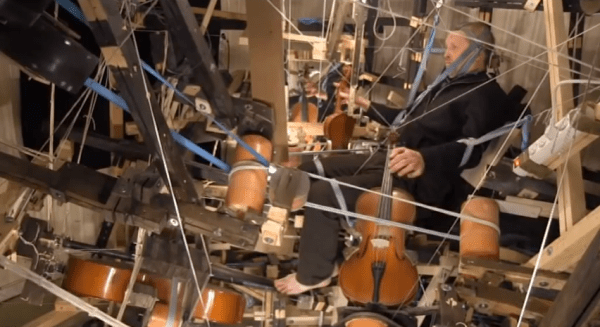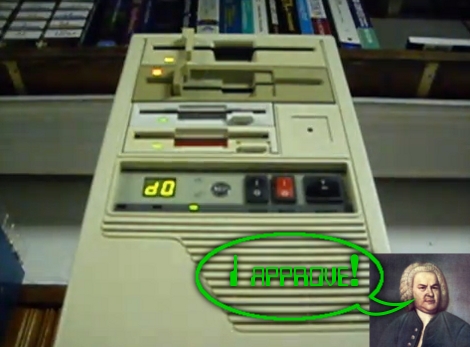[carykh] took a dive into neural networks, training a computer to replicate Baroque music. The results are as interesting as the process he used. Instead of feeding Shakespeare (for example) to a neural network and marveling at how Shakespeare-y the text output looks, the process converts Bach’s music into a text format and feeds that to the neural network. There is one character for each key on the piano, making for an 88 character alphabet used during the training. The neural net then runs wild and the results are turned back to audio to see (or hear as it were) how much the output sounds like Bach.
The video embedded below starts with a bit of a skit but hang in there because once you hit the 90 second mark things get interesting. Those lacking patience can just skip to the demo; hear original Bach followed by early results (4:14) and compare to the results of a full day of training (11:36) on Bach with some Mozart mixed in for variety. For a system completely ignorant of any bigger-picture concepts such as melody, the results are not only recognizable as music but can even be pleasant to listen to.
Continue reading “Neural Network Composes Music; Says “I’ll Be Bach””













